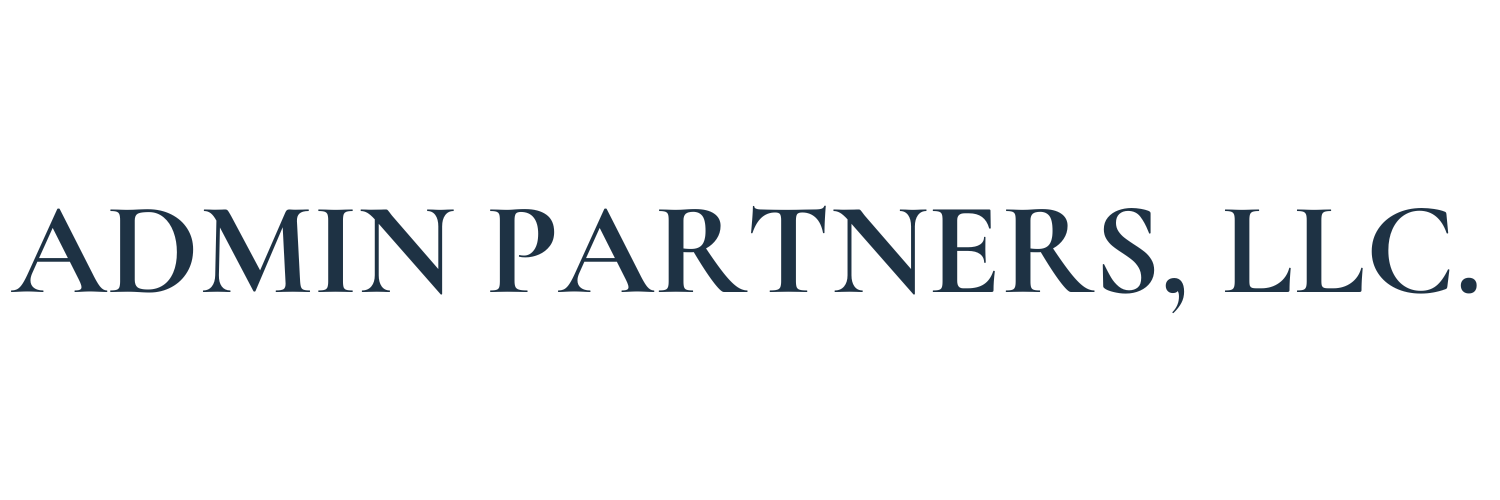
If you have been following ADMIN Partners for a while, you know just how deeply we believe in providing people with education on retirement planning. As an independent TPA who specializes in plan compliance and administration, we understand that everyone from Plan Sponsors and Participants to Financial Advisors find value in retirement education. With this in mind, ADMIN’s team is starting the new blog series, ADMIN Education, dedicated to helping our community better understand the ins and outs of retirement plans. Regardless of your role or what type of plan you are familiar with, this series will expand your knowledge of retirement benefits and help you get the most from your plan.
This week we are taking a look a Roth investments. Roth money has become more popular over the years, especially with the younger generations of people who are starting to save for their futures. There is good reason for this: investing your money into a Roth source can help you distribute your funds during retirement tax free. Yes, you read that right. Let’s take a deeper look and this investment option and why it might help you with your retirement savings.
WHAT IS ROTH?
Roth monies are the contributions of after-tax dollars that you make to your retirement plan. Whether it be a 401(k), 403(b), or even an IRA, Roth contributions are made from income that has already been taxed which allows you to withdrawal the funds from your account tax-free when you retire.
ROTH VS. TRADITIONAL CONTRIBUTIONS
The biggest difference in Roth contributions versus traditional contributions is the tax break. Traditional deferrals are the contributions you make to your retirement plan(s) before taxes are taken from your income; also referred to as pre-tax monies. Once you retire and decide to distribute these funds from your retirement accounts, you are then required to pay the taxes owed on those contributions. Roth deferrals are just the opposite. The contributions made to a Roth account are done so after taxes are deducted from your income (referred to as after-tax monies). Therefore, when you withdrawal these funds from your accounts at retirement, you can do so tax-free since the taxes have already been applied to the contributions that were made.
WHAT YOU NEED TO KNOW ABOUT ROTH
The best way to know whether or not Roth investments will benefit you is to anticipate what tax bracket you are in now versus the one you will be in during retirement. Unfortunately, that is not an exact science as no one knows what the future holds. With this being said, most experts would argue that Roth investments are generally beneficial to individuals as it provides the tax break when it matters the most – at retirement.
Not all employers offer a Roth option in their sponsored retirement plans. For those that do, employees can opt to contribute to the Roth source, the Pre-Tax Deferrals (traditional) source or to both sources. Please note: the same annual contribution limits will apply to the employee deferrals as a whole meaning the deferrals limits are aggregated between Roth and Traditional sources. If your employer does not offer a Roth option, you can seek out a Roth IRA with almost any investment company. While annual contribution limits are significantly lower in an IRA (see more on that here*), the Required Minimum Distribution rules do not apply to IRAs like they do with employer retirement plans.
*Contribution limits for retirement plans are determined on an annual basis by the IRS. Please note that the limits linked in this post reflect those set for 2020.
Looking for more retirement plan education? Check out our ADMIN Education series where we share insights on all things retirement! You can also contact our teams of experts directly at 877-484-4400 or via email at Contact@youradminpartners.com.


